Invenergy has a big problem in Kansas. Its existing permit for Grain Belt Express issued by the Kansas Corporation Commission is going to need some extensive updates to remove original conditions. One condition was that the company must have the project permitted in all 4 states before beginning construction in Kansas. Another was that no Kansans would pay for the transmission line project. But Invenergy has a new plan so unlike the original project the KCC vetted and permitted that it needs to remove those conditions. And what better way to get the captured KCC to look the other way and eliminate the conditions designed to protect Kansans than to get the Governor onboard?
Yesterday, Kansas Governor Laura Kelly announced that Kansas has "partnered with Invergy to bring the transmission line, which is 800-miles long, to the state." 800-miles you say? Is it going to go round and round inside Kansas in a big circle? According to GBE's website, the project will be "380+ miles" in Kansas. It is proposed as 800-miles from Kansas to Indiana. Except Invenergy still hasn't applied for a permit to cross 200-miles through Illinois. Therefore, it's only 580-miles across Kansas and Missouri. In fact, that's the only thing Invenergy has committed to so far, and it wants to begin construction before even applying to cross Illinois. Therefore, its project is not 800-miles long, it's only 580-miles, less the distance between the Missouri converter station and the eastern border of the state.
This is only the beginning of the inaccurate dreck spewed at yesterday's virtual press conference. It gets even crazier.
A new transmission line connected to the Grain Belt Express will bring thousands of jobs and $8 billion in investment to the state of Kansas, Gov. Laura Kelly announced Wednesday.
Let's tackle the second question first... GBE is a transmission line. It's not a generator of renewable energy. Evergy would have to purchase capacity on GBE's transmission line, and then separately purchase renewable energy to transmit on GBE from a separate renewable energy generator. In fact, I haven't seen any indication that this has happened. Purchasing transmission capacity on GBE and renewable energy from a generator is completely voluntary. Evergy may or may not do it. If Evergy doesn't do it, there is no savings. And even if Evergy does, there is no guarantee of whether, or how much, "savings" Evergy would pass along to its end-use customers. Poof! There goes that $50 savings. It's hypothetical upon hypothetical upon voluntarily hypothetical. Reality check! Investor-owned utilities like Evergy don't make their money buying product from Chicago-based companies and passing the expense onto Kansans... they make their money by OWNING the infrastructure that generates and transmits energy supplied to their customers. Kansas energy transmitted to customers over Kansas transmission lines owned by a Kansas company keeps Kansans energy dollars in Kansas. It doesn't export Kansas energy profits to Chicago.
The second question was premised on the Governor's claim (which supposedly came from an Invenergy study) that Grain Belt Express would create over 22,000 jobs in Kansas during the construction period, and nearly 1,000 permanent, full-time operations jobs in Kansas after construction. Let's get to the short answer here first... new construction jobs for Kansans. Building high voltage transmission is a highly specialized job skill. Workers with this skill are employed by a handful of companies across the country. The transmission company hires one of these specialized construction companies to build a line, and the workers are shipped in only for the duration of construction. So, what Zadlo was saying is... if their selected contractor from another state has Kansans on the payroll, then a Kansan would have a job constructing the project. In fact, Zadlo would "prefer" that. What won't happen is mass hiring of Kansans with limited or no skills to construct GBE. Jobs for Kansans? Hardly.
But let's look at the job claims, which come completely out of left field and thoroughly out of line with previous job claims. 22,000. Twenty two thousand? Previous construction job claims for GBE totaled only 1,500 in the state of Missouri. One thousand five hundred. Granted Kansas has nearly double the line miles proposed for Missouri, but the Kansas claim is more than 14 times the jobs claimed for Missouri! For every job created in Missouri, there will be more than 14 created in Kansas to construct the same project over similar terrain. Something doesn't smell right here.... And then let's move on to post-construction operations jobs. The same Missouri report found only 91 operations jobs. However, the Kansas claims from yesterday are 10 times that at 968! For every Missouri job operating and maintaining GBE, Kansas will need 10 people to do that same job. A reasonable person might question these numbers. An even more reasonable person would know that these numbers aren't real jobs. They're nothing but numbers spit out of a computer program based on economic data fed into an equation that's not revealed. Simply adjust the numbers, and the result changes. Garbage in, garbage out! So, what is going to happen afterwards when these jobs don't materialize? Nothing. The damage will have been done and the rewards will have failed to materialize. So sorry, suckers!
“Economic recovery and long-term economic competitiveness in Kansas and Missouri depend on new investment, more jobs, and tapping into low-cost, homegrown clean energy, which Grain Belt is moving full speed ahead to deliver,” Zadlo said. “Grain Belt is proud to increase our investment in Kansas and Missouri to rebuild the economy, deliver billions of dollars in energy cost savings, and meet growing renewable energy demand.”
A DC transmission line is a closed highway between converter stations with no entrance or exit ramps along the way. Electricity is produced as alternating current (AC). It must be converted to DC at a hugely-expensive converter station (say $100M) before it can be transmitted on the line. It cannot be connected to our existing AC transmission system or used until is is converted back to AC at another equally expensive converter station at the delivery end. GBE's plan calls for building a converter station at the Spearville end of the route to convert AC to DC and send it on its way east. GBE's plan calls for ONE converter station at the delivery end to convert it back to AC. That converter station is proposed for somewhere in eastern Missouri. If the project is eventually extended to Indiana, there will be a third converter constructed at the IL/IN border. Electricity transmitted over the line can ONLY be used after it has reached a converter station and been converted back to AC. So, when the Governor says that the electricity on GBE will create a savings for and be used by Kansas electric consumers, she's saying that electricity produced at Spearville will be sent to eastern Missouri over GBE, where it will be converted back to AC and then shipped back to Kansas on the existing transmission system? Let's see if we can follow the path of all that "home-grown" energy from Spearville to... say... Wichita. Spearville to Randolph Co. Missouri to Wichita? It can't go directly from Spearville to Wichita unless GBE builds a converter station in Wichita. If the electricity is sent directly to Wichita, it would travel only on our existing AC transmission system, and we wouldn't need GBE at all.
Basic physics sailed clear over the heads of the Kansas officials and reporters. Only Kris Zadlo knew the truth, and he wasn't sharing. What a great guy!
Perhaps this is the greatest quote of the whole debacle:
The governor said the state has a lot of unused wind energy and this will be a good way to make sure it isn’t wasted.
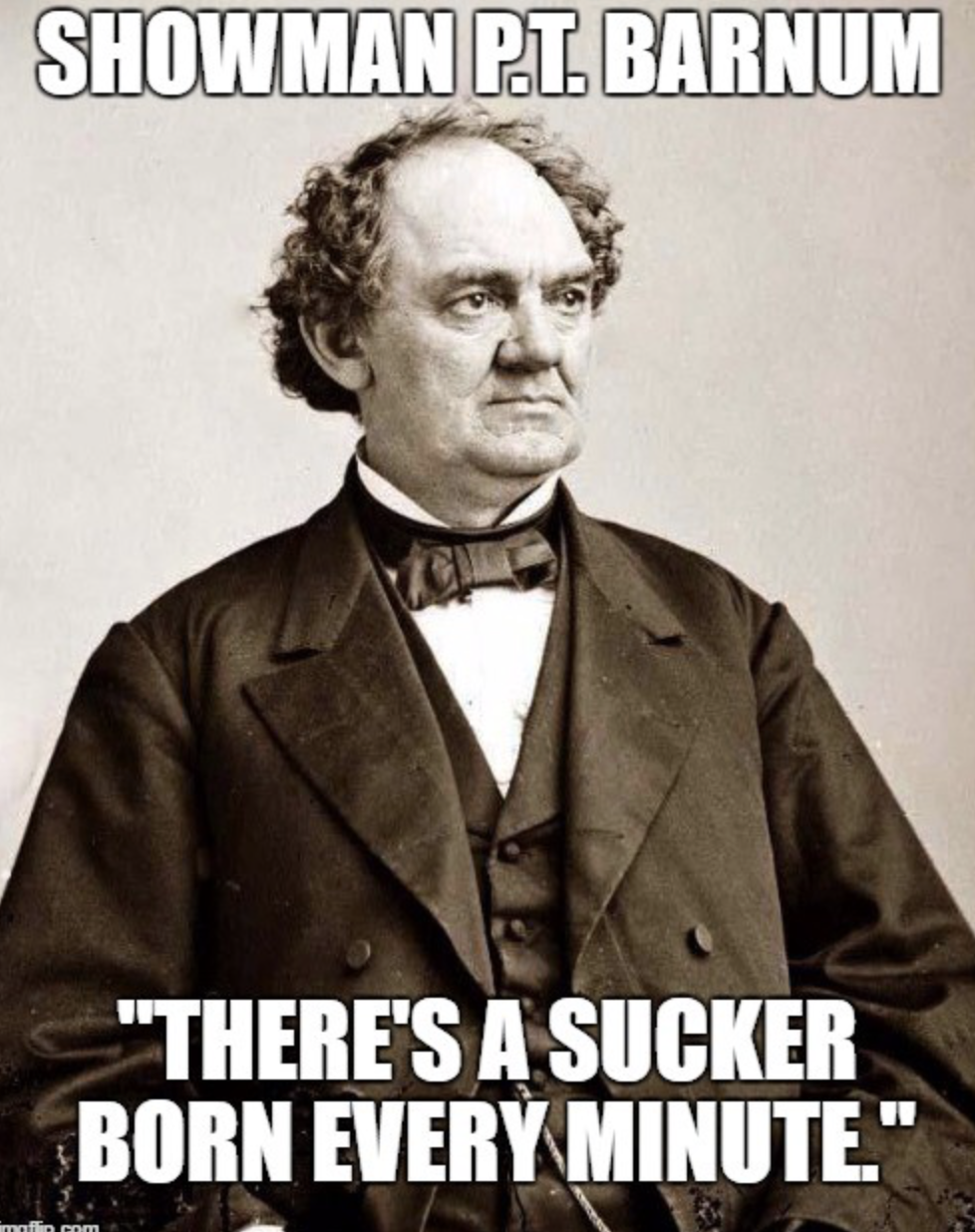
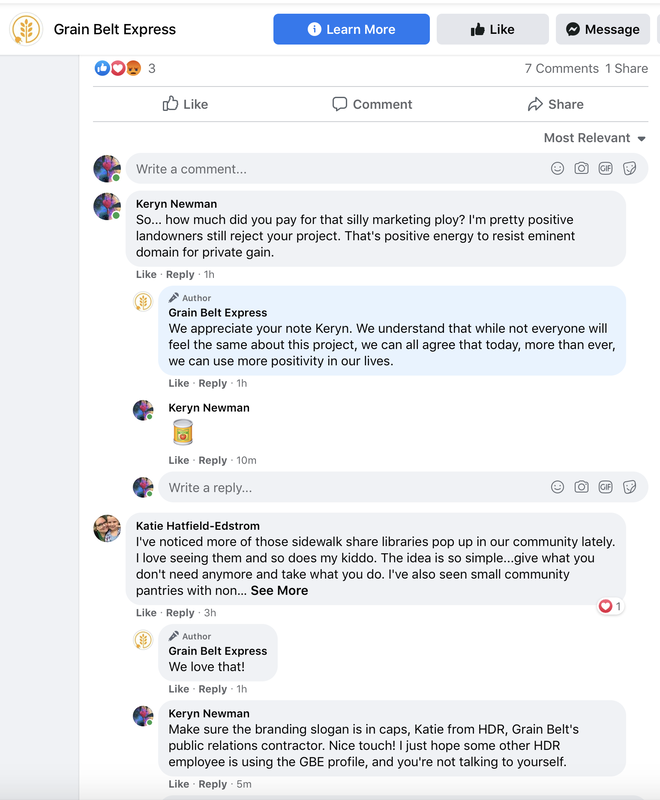
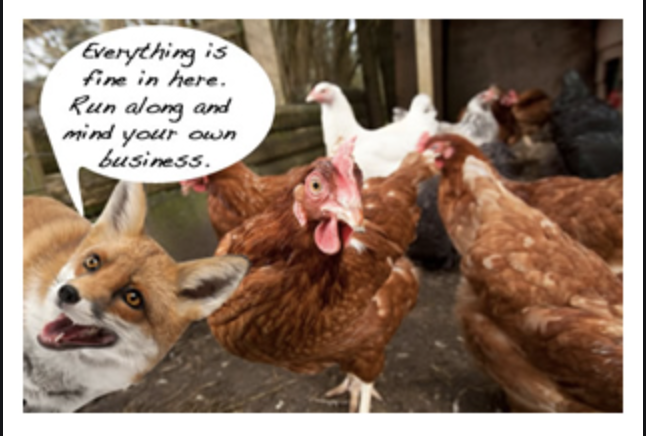
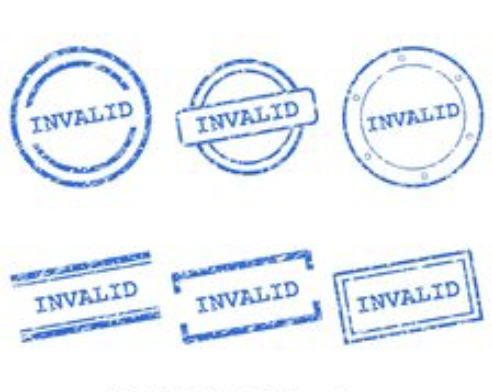
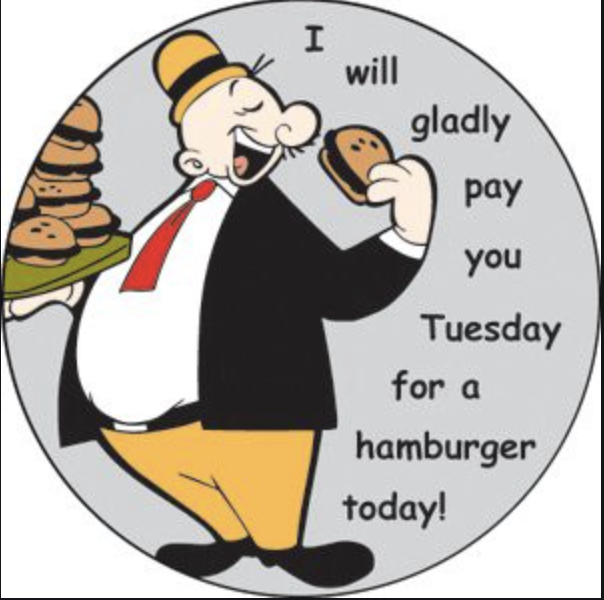
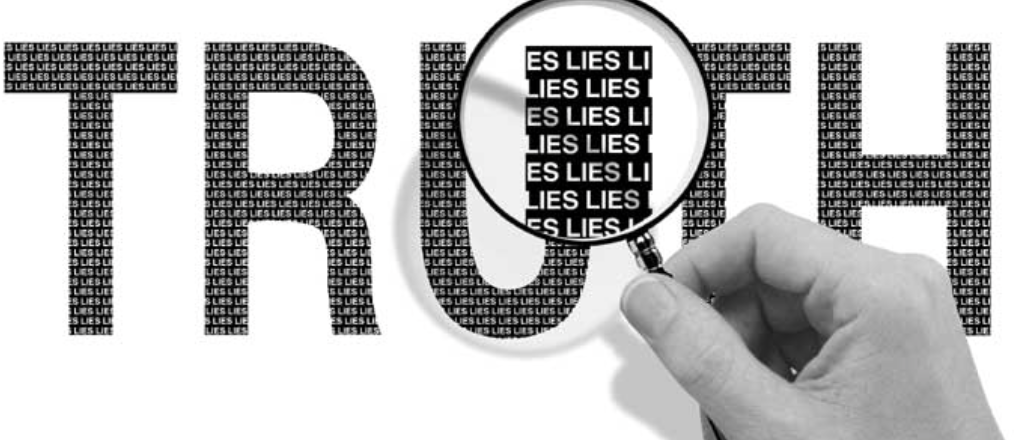


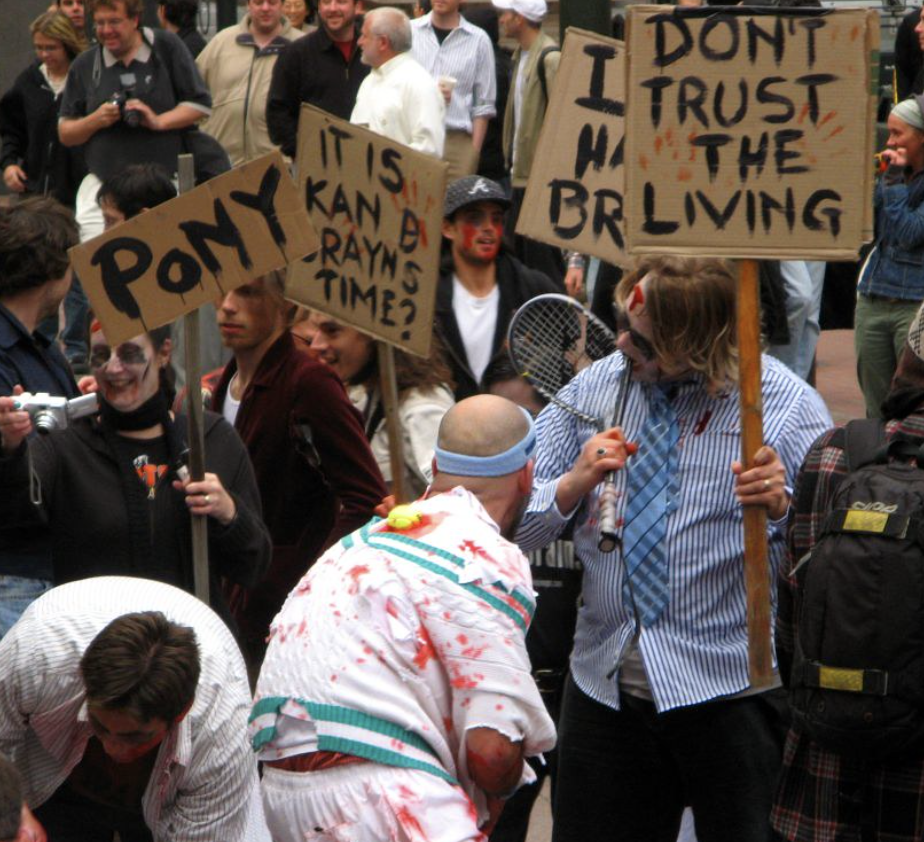
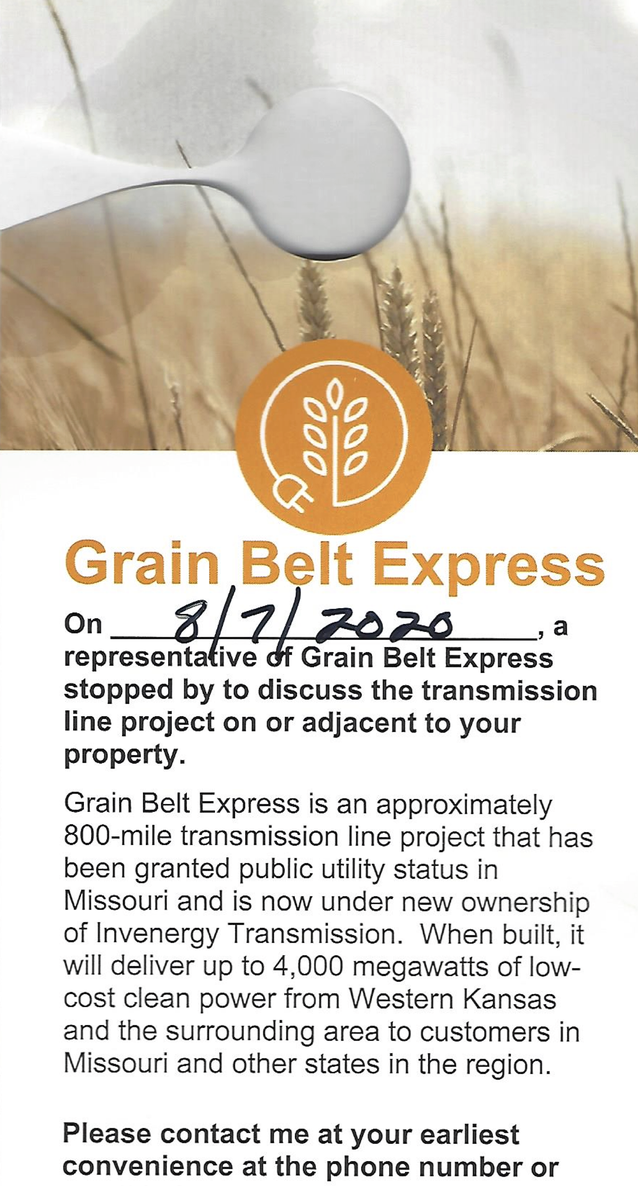
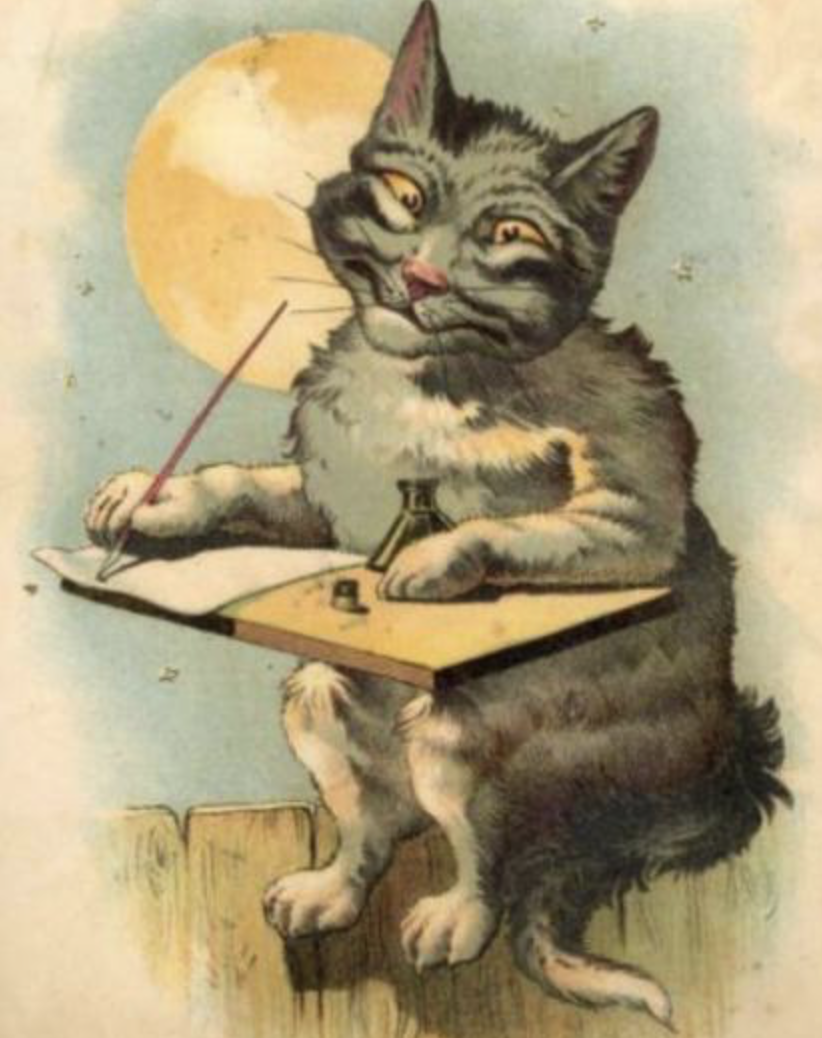
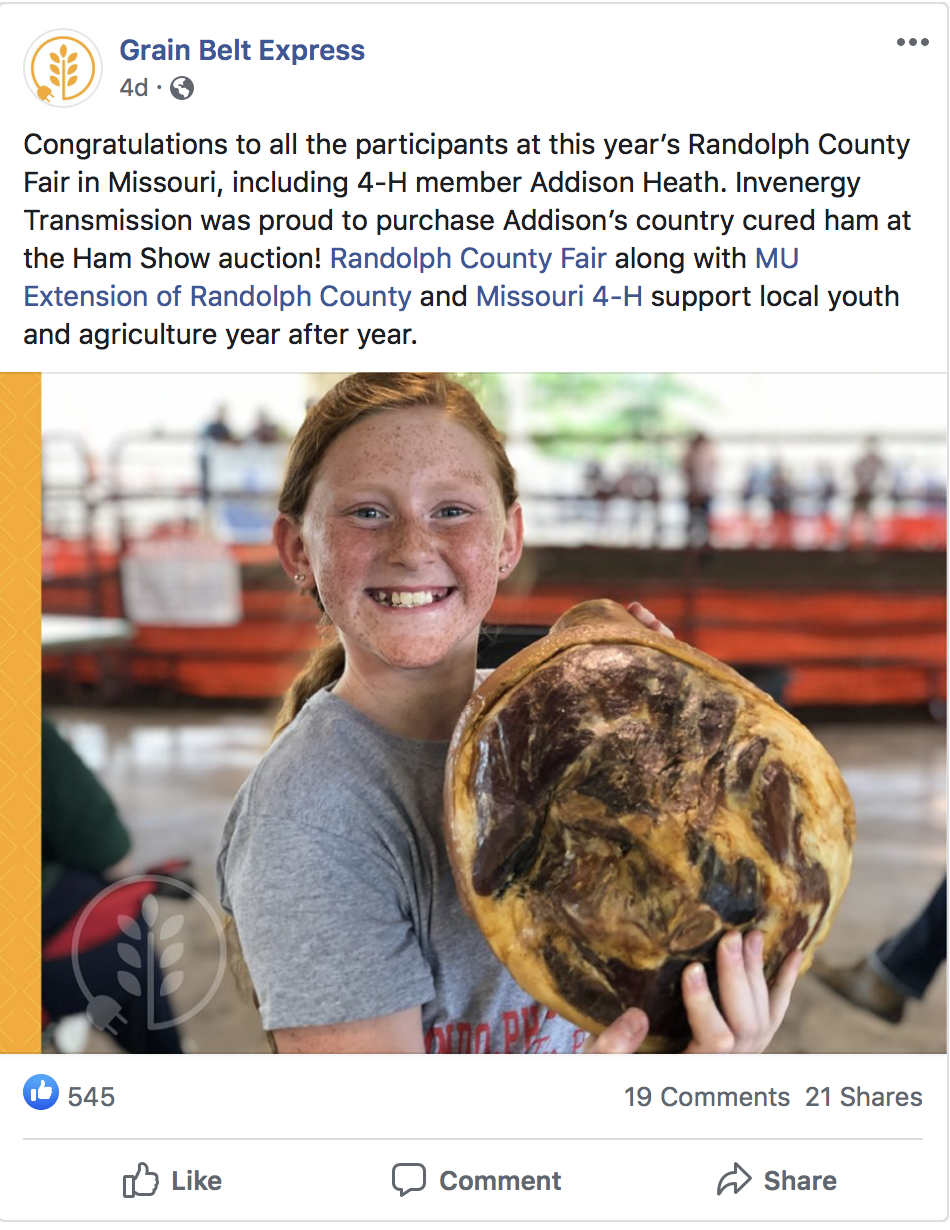
 RSS Feed
RSS Feed